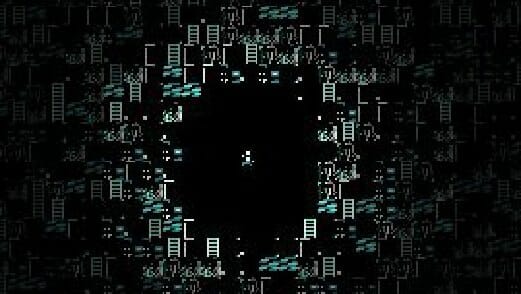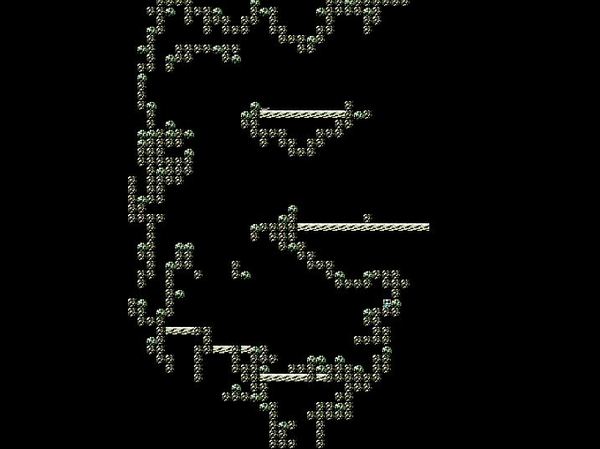Fjords (PC)

Fjords is a videogame junkyard. It’s where old pixels and stray lines of code, glitches and all, enter a new, broken afterlife. Maybe you played these husks in their former lives, when they made up platformers or Metroid-style games. They were easier to understand and unpack then: Walk and jump through a series of interconnected levels and, through thorough exploration, gain new abilities that allow more of the world to be seen/explored/conquered. In those games you are a conquistador; in Fjords you’re a clueless tourist.
Fjords revels in brokenness. This, by itself, isn’t exception. Glitches have now become an aesthetic. One of the bigger games of the year, Saints RowIV4, uses glitches, in the form of grotesque character models, in a self-aware, winking way. The upcoming indie title Axiom Verge plans to emulate retro glitches, incorporating slow down and flickering as power-ups to weaponize the nostalgia. Kyle Reimergartin, the designer of Fjords, goes one step further. In Fjords brokenness is not just part of the glitch chic trend. Everything feels, deliberately, half-formed. You play as a pizza delivery person trying to deliver to scientists. Maybe. Once in the world there’s no guidance. The graphics are sparse, a no-bit look. The terrain is blocky and uneven, which wouldn’t be a problem except that Reimergartin deprives the player of a jump button. The music sounds like a haunting series of drones, except in a few maps with a series of chirps. The geography of the universe sometimes fails to follow its own rules. There are mountains that segue into weird steel towers. Fjords is even designed to be broken and subverted, by carving out new paths that don’t seem intentional, but always seem to lead to something new. It’s possible to fall through a crack in the world and dive into the ASCII fires down below.
Even the hero’s journey template is torn up at the start. There’s no slow march of progress. Instead of gaining powers that open up new parts of the world, there are computer terminals scattered about. They can be used to alter the parameters of the game, which is necessary for exploring. Waterfall in the way? >SET WATERFALLS F. Want to know what else you can change? >HELP. You can turn on ghosts that let you take over their body and float through the scenery. Everything is available right away. Or turn on bombs that are left behind whenever you grapple or magically levitate away. But you can also teleport into a wall with the too-good-to-be-true warp ability. Or trap yourself with magic. A quick tap of the K button will reset you back at the last spawn point. You will use it a lot when you play Fjords.
Fjords is the first game that I played in 2014, which feels right because it seems like a step in a different direction. Fjords is part of the SHARECART 1000, a group of games that use the same save file. Play one game and it affects the variables in the save file, which leads to changes in another game later when you load it up. Play another game in the compilation, like Michael Brough’s Post-Future Vagabond or Damien Sommer’s YouAreABountyHunter, and when you return to Fjords doorways appear in the rubble of blown up blocks and the map is strewn with escalators to nowhere. It comes across as a bit gimmicky in some of the games in the collection, but in Fjords it feels like a way to engage with the idea of games as variables and lines of codes.
